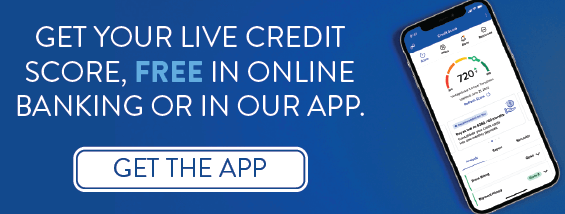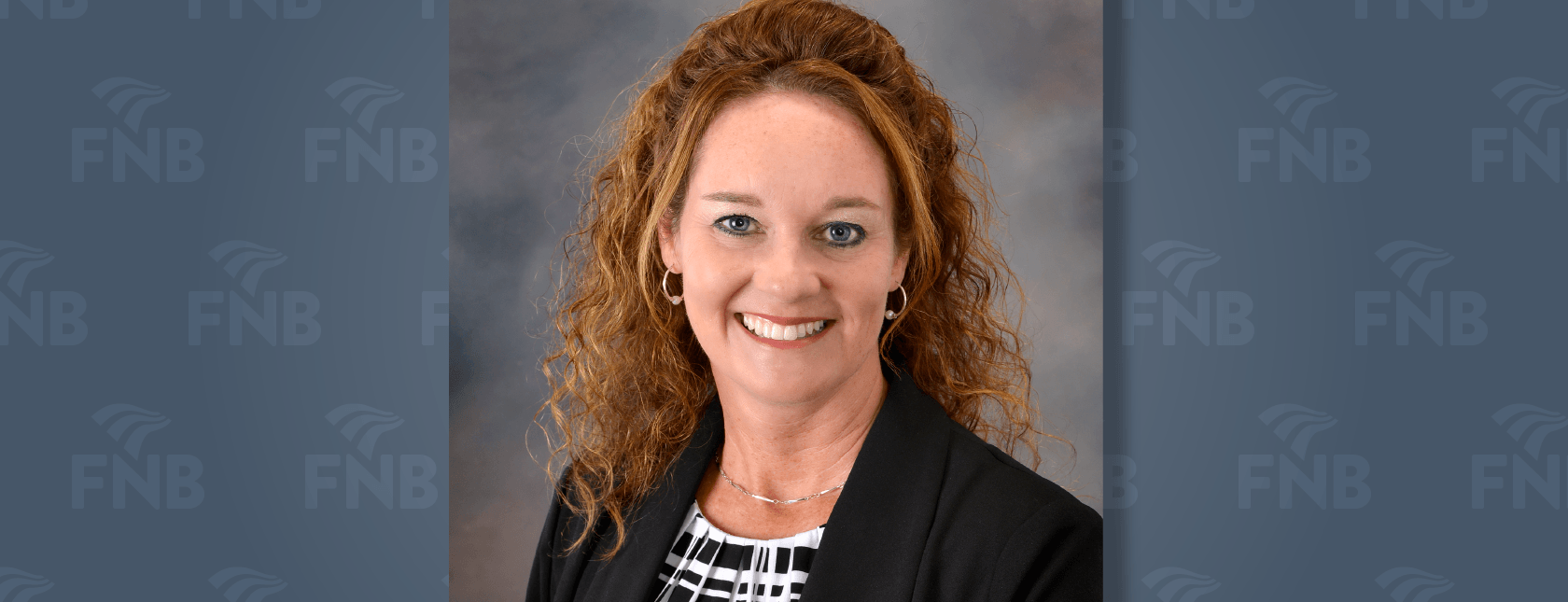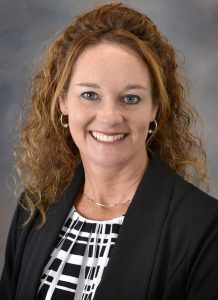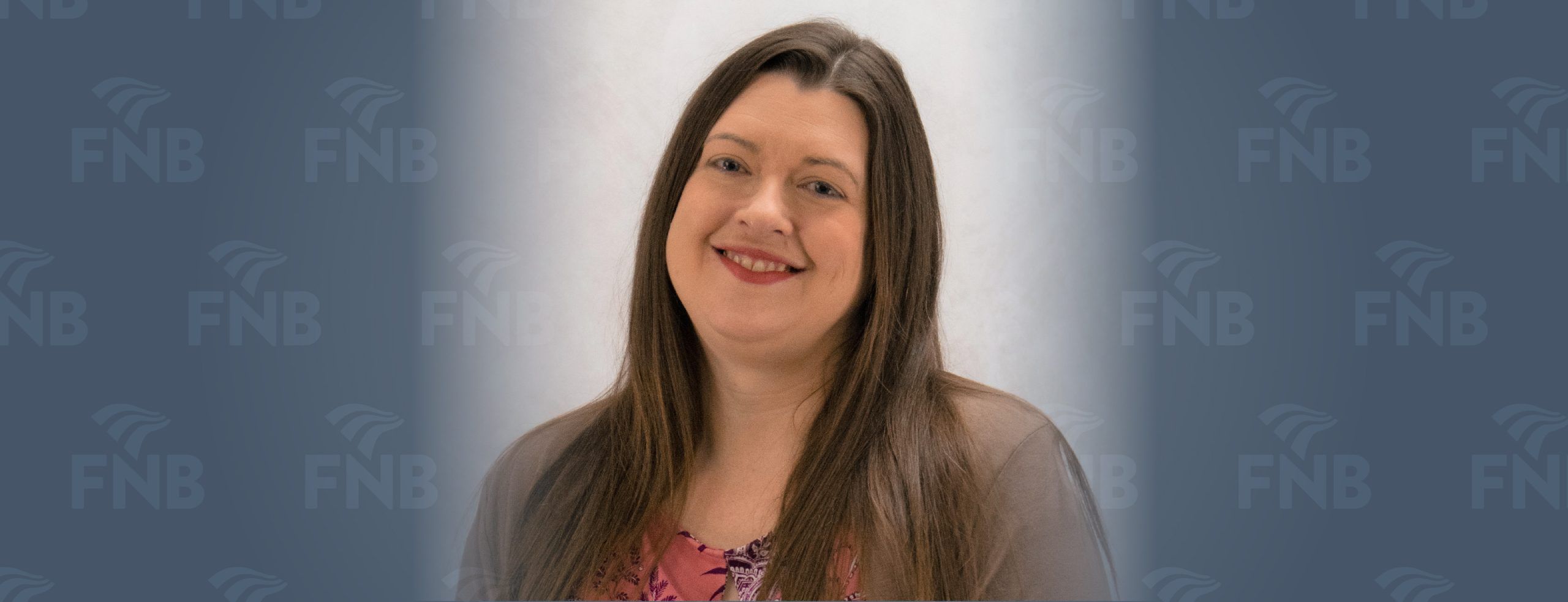When we find ourselves in times of financial hardship, it can overwhelm so many aspects of our life. Maybe you have debt that you’re trying to pay off, or your income has changed and you’re trying to make ends meet. There is no question that these financial situations can cause us stress if we’re unsure how to proceed. We not only become stressed about the future, we also become stressed about how we’ll manage to stay afloat right now. A recent poll conducted by the American Psychological Association (APA) found that stress and anxiety are on the rise among many Americans, and one of the areas found to produce the biggest increase in stress was finances. These feelings can be very isolating and can make it difficult to imagine that there is a way out of this phase of our life or that there is hope for a brighter tomorrow.
I know it can be hard, but it is important to remember that there is always hope – there are always steps that you can take to begin to make the improvements necessary to improve your financial footing.
Understanding where you are. When looking to improve your financial life, a great place to start is knowing your credit score. A recent Consumer Federation of America study highlights the importance of checking your credit score, as well as understanding the factors that go into creating your score. When you have this important piece of information, you’ll be on your way to understanding how to take the necessary steps to improve it!
Another way to gain a better understanding of your current financial situation is to take a look at your budget! Tracking your income and expenses will allow you to get a clearer picture of what money you have coming in and what money you have going out each month. Once you’ve tracked for the month, you’ll be able to figure out your income (the money you receive each month) and your expenses (the money you spent). Once you’ve calculated your income and expenses, you’ll be able to organize this information to help you better understand if there are some areas of your budget that you can adjust to help get you back on track.
Understanding what steps to take. Once you have a better understanding of your current financial situation, you’ll be able to identify some steps to take to help ease your current financial burden. For example, if you’re spending more than you’re making each month, take a look at your expenses and see what changes can be made. Are you able to reduce your expenses? Perhaps there are bills that may not be necessary right now, like movie and music streaming services, that can easily be stopped until you’re once again feeling comfortable enough to add these expenses back in. I know when I’ve hit times of financial strain, one of the ways I reduced my expenses was to stop ordering food in. I was able to drastically cut my expenses because I’d been spending so much throughout the month on takeout and delivery fees, and every little bit helped. It’s important to simply take a look at where your money is going, and to be honest with yourself about the changes that can be made.
If you’re working to pay down debt, another tip would be to work on paying down your higher interest debt first. This higher interest debt will end up costing you more money in the long run in interest fees, so focusing on paying it down first will help you save money while paying off your debt. If this is something that may benefit you, America Saves has some tips for you to begin paying off that higher interest debt.
Another step I’d recommend is to work on building emergency savings! It may seem counter-intuitive when you’re focusing on paying down debt and reducing expenses, but building a little cushion for financial emergencies will have a positive impact on both your stress and financial situation. Having a financial cushion will not only better prepare you for unexpected expenses, it will also prevent you from having to put more debt on a credit card you’re working to pay down. If you’re wondering how you can begin to build an emergency savings, I’d recommend doing so automatically!
Asking for help. Working to improve your financial situation can be overwhelming, and asking for help is an empowering step to take! A great place to start would be reaching out to your local Extension Office! Extension Educators across the state offer financially focused education and outreach that could be exactly what you need to get back on track. Locate your local Extension Office to see what services are offered and to be connected with other helpful resources where available. You may also want to look for other local agencies that offer free financial education, counseling, or planning to help you take control of your financial life. Pursuing financial education will provide you with the knowledge that can help you make the changes necessary for a brighter financial future.
Additionally, if your current financial situation is making you feel stressed or overwhelmed, talking to your friends and loved ones may help! A recent study from the APA highlighted that individuals who were able to reach out to someone for emotional support reported less stress.
Making yourself a priority. Because managing your finances can be a source of stress for many people, it’s important to remember to take care of yourself. If you’re feeling yourself becoming stressed or overwhelmed by everything, take some time to focus on you, making yourself and your health a priority. In fact, Anita Everett, M.D., the President of the APA believes that the recent poll showing increases in financial-related stress highlights a need for people to engage in activities like regular exercise, mindfulness, relaxation, and healthy eating to reduce the impact of stress on ourselves and our families.
No matter what the situation, you can do this! There is always hope to increase your financial security and make the changes necessary to live a financially healthy life. And when things get tough, just know that you’re not alone, and there are people and resources out there to help you through it!





 FNB Bank is proud to announce that Lori Noel was recently named Executive Vice President for FNB. Lori has an extensive banking background with over 28 years of experience, having previously served as Vice President/Commercial Lender and Senior Vice President/Senior Lender for FNB. Lori also currently serves as Chief Lending Officer for FNB.
FNB Bank is proud to announce that Lori Noel was recently named Executive Vice President for FNB. Lori has an extensive banking background with over 28 years of experience, having previously served as Vice President/Commercial Lender and Senior Vice President/Senior Lender for FNB. Lori also currently serves as Chief Lending Officer for FNB.
 FNB Bank is proud to announce that Jennifer Franklin was recently named Senior Operations Officer. Franklin previously served as Senior Deposit Officer for FNB and will continue in this role along with her new position.
FNB Bank is proud to announce that Jennifer Franklin was recently named Senior Operations Officer. Franklin previously served as Senior Deposit Officer for FNB and will continue in this role along with her new position.